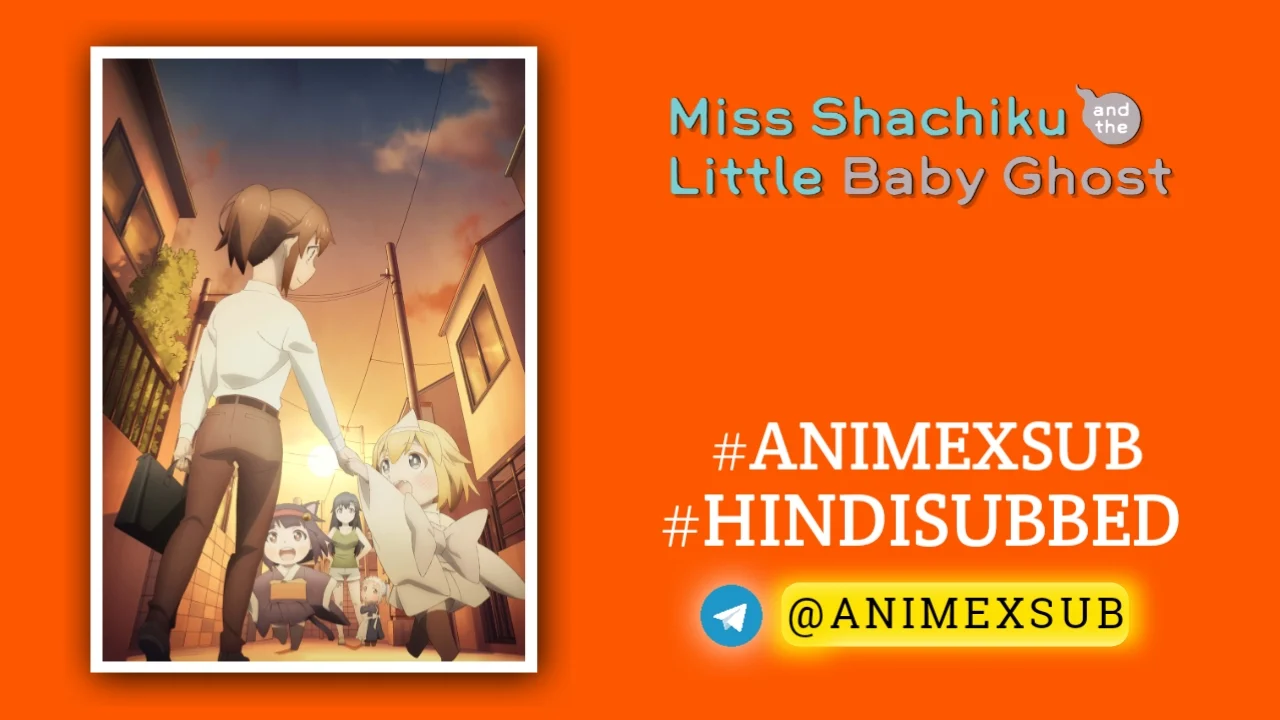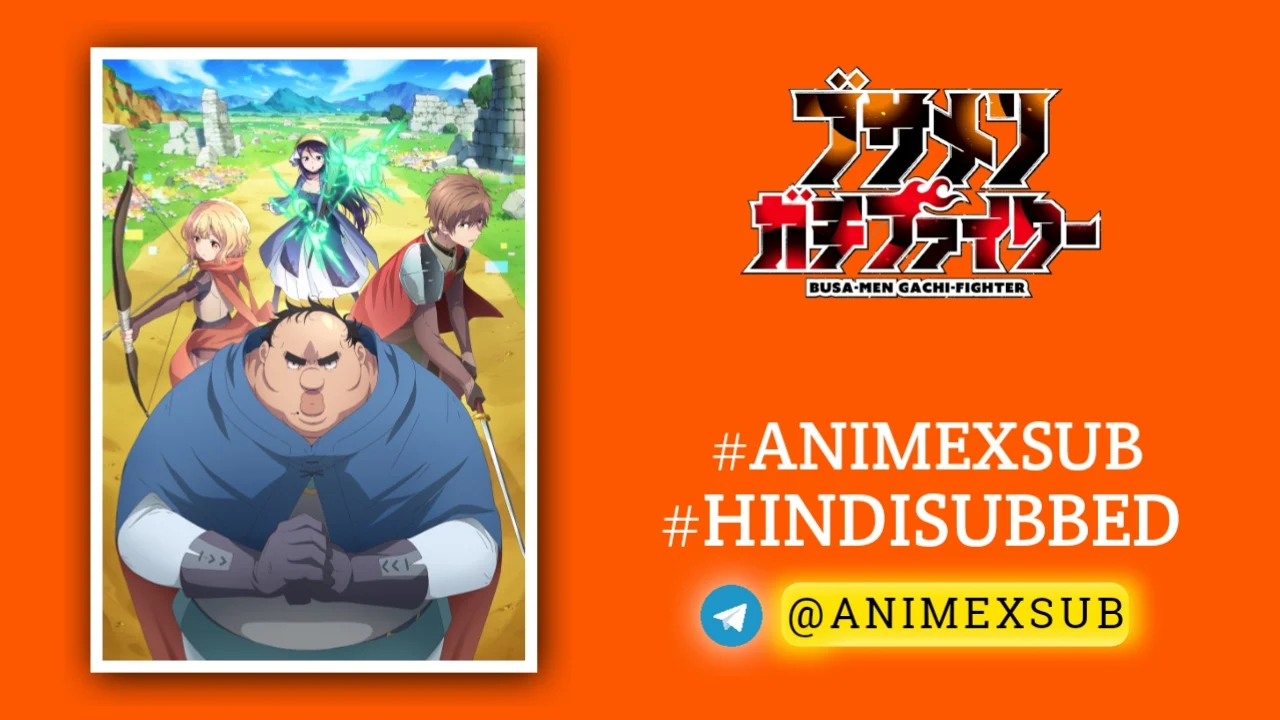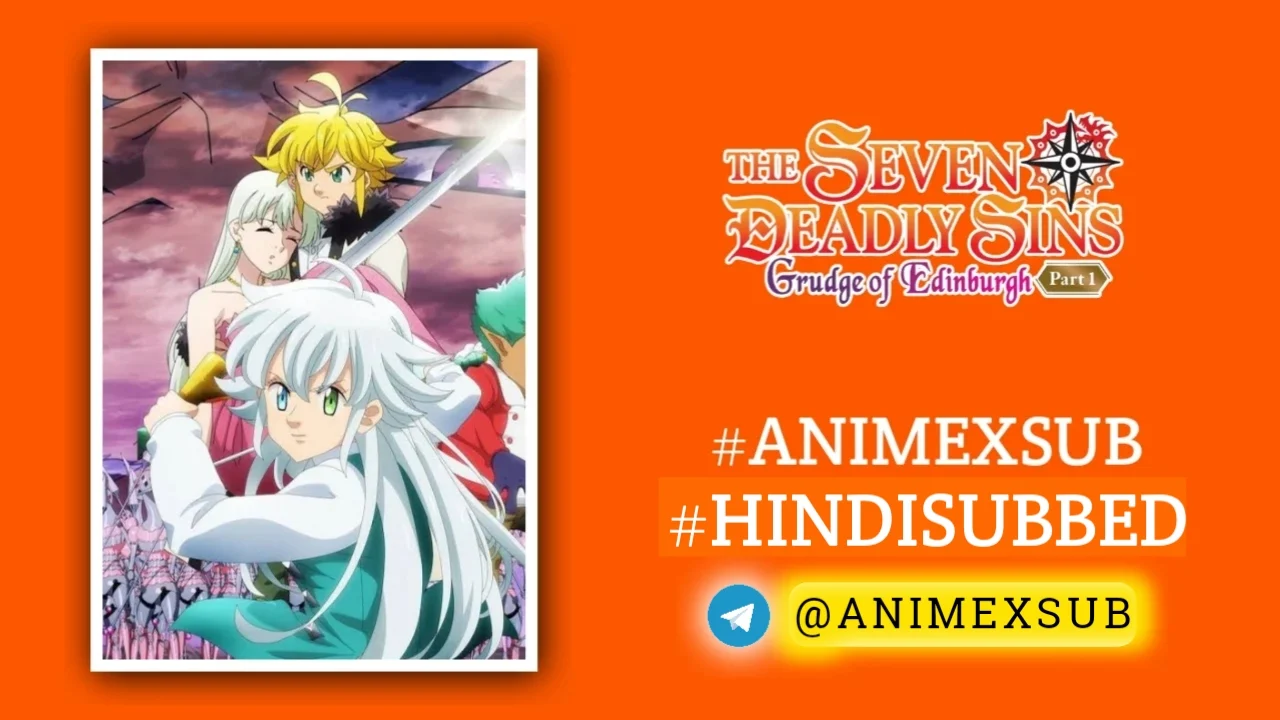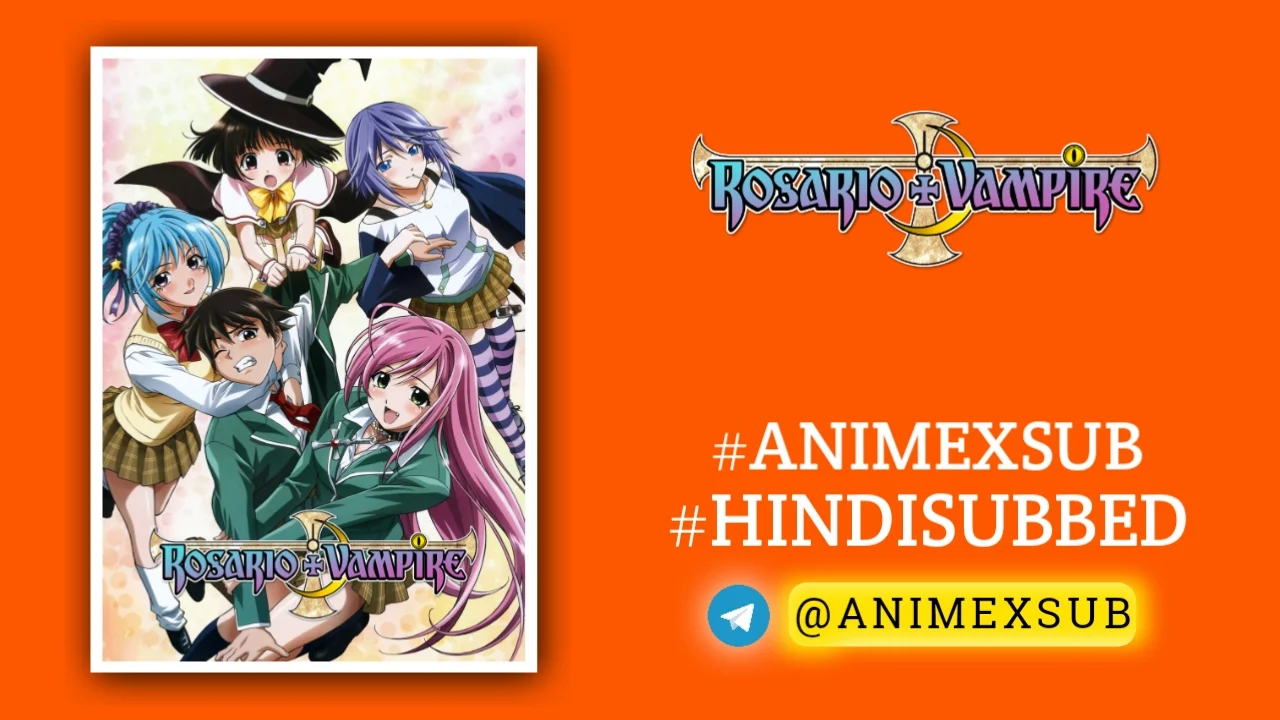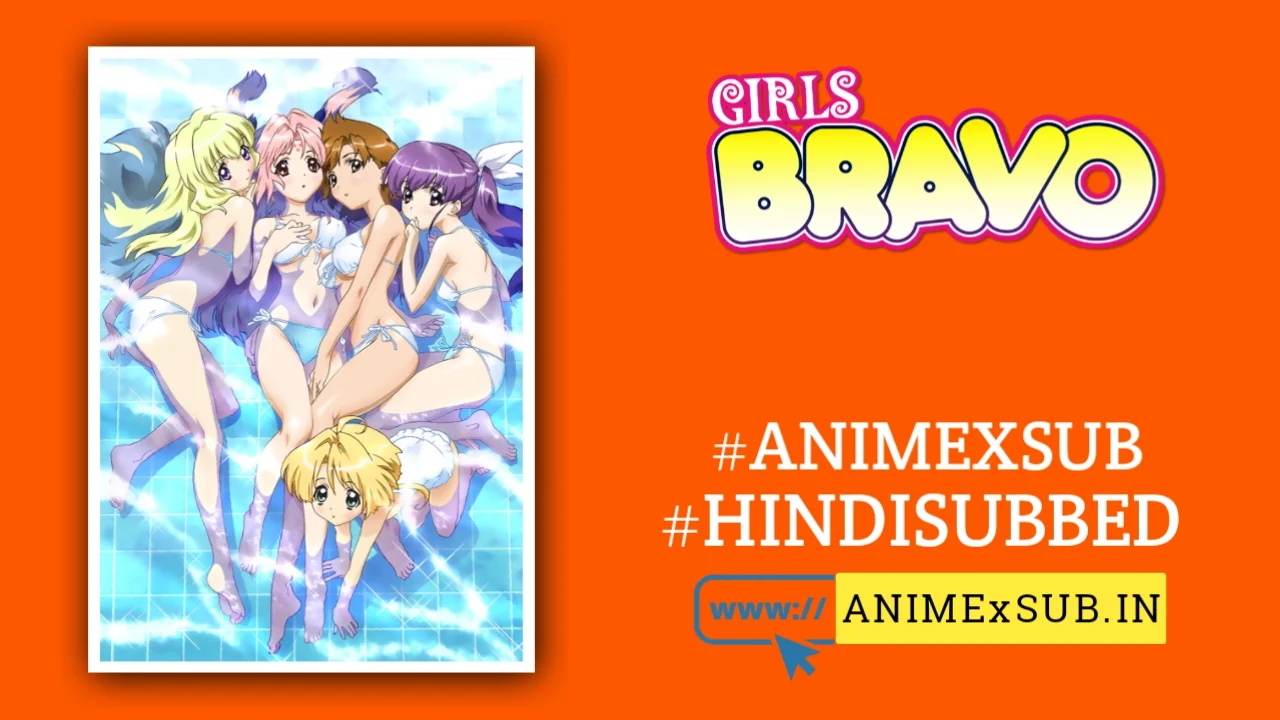
Girls Bravo: First Season Hindi Subbed [11/11] | Girls Bravo Hindi Sub

GIRLS Bravo: first season
Girls BravoSynopsis
Small for his age, Yukinari has been bullied and abused by girls all his life. Now in high school, he has developed a rare condition: whenever girls touch him, or even come close, he breaks out in hives. Imagine his surprise, when he is suddenly transported to the city of Seiren on a mystic world invisibly orbiting the Earth, and populated with vast numbers of women and very few men. Fortunately, he has a new friend, Miharu-chan, whose touch inexplicably doesn't affect him. (Source: Anime News Network)
Characters
How To Download Tutorial
Girls Bravo: First Season – A Time Capsule of Early 2000s Ecchi Harem Anime
Girls Bravo: First Season (2004) is a peculiar artifact of early 2000s anime, a time when the harem and ecchi genres were riding high on the coattails of Love Hina and Tenchi Muyo. Adapted from Mario Kaneda’s manga and animated by AIC Spirits, this 11-episode season introduces viewers to a world of slapstick comedy, fanservice, and a curious blend of sci-fi and teenage awkwardness. While it may not have aged gracefully, Girls Bravo offers a snapshot of a specific era in anime culture, with its unapologetic tropes, flawed charm, and occasional moments of surprising heart. This article dives deep into the show’s context, strengths, weaknesses, and cultural significance, avoiding the typical promotional fluff to deliver a fresh, critical perspective.
The Premise: A Gynophobic Teen in a Female-Dominated World
Girls Bravo centers on Yukinari Sasaki, a diminutive high school student whose lifelong bullying by girls has left him with a literal allergy to them—physical contact triggers hives. This gimmick sets the stage for the show’s fantastical premise: Yukinari is accidentally transported to Seiren, a planet populated almost entirely by women, where men are a rare commodity. There, he meets Miharu Sena Kanaka, a sweet, naive girl whose touch inexplicably doesn’t trigger his condition. After returning to Earth with Miharu as his new housemate, Yukinari’s life becomes a chaotic whirlwind of romantic misadventures, alien visitors, and over-the-top fanservice.
The show’s setup is a quintessential harem framework: one hapless male protagonist surrounded by a cast of archetypal girls vying for his attention. Yet, Girls Bravo distinguishes itself—sometimes inadvertently—through its commitment to absurdity and its unfiltered reflection of early 2000s anime sensibilities.
Strengths: A Surprisingly Watchable Time Capsule
One of the most striking aspects of Girls Bravo: First Season is its accessibility compared to its contemporaries. As noted in a 2024 MyAnimeList review, the show is “remarkably watchable” despite its lack of originality, largely due to its brisk pacing and straightforward humor. Unlike other harem anime of the era, such as Shuffle! or He is My Master, which often bogged down in repetitive drama or convoluted plotting, Girls Bravo embraces its episodic nature. Each episode delivers self-contained stories that prioritize comedy and fanservice over narrative depth, making it an easy watch for those who enjoy lighthearted chaos.
The production quality, while not groundbreaking, holds up decently for a 2004 series. The animation by AIC Spirits is clean, with vibrant character designs that lean heavily into the era’s aesthetic: large, expressive eyes, exaggerated proportions, and a colorful palette that screams early digital animation. The soundtrack, featuring Yozuca*’s catchy opening theme “Going My Way” and Miyuki Hashimoto’s ending “Koko ni Iru kara,” adds a nostalgic pop flair that complements the show’s tone. These elements create a cohesive package that, while not revolutionary, feels polished for its budget and time.
The show’s humor, when it lands, is another strength. Kazuharu Fukuyama, the resident pervert with a penchant for dramatic entrances, steals the spotlight with his unabashed sleaziness. His over-the-top antics, paired with the exasperated reactions of characters like Kirie Kojima (Yukinari’s violent childhood friend), generate genuine laughs. A 2009 AniDB review praises Fukuyama as a “unique breed” of pervert, noting that his presence single-handedly elevates episodes by shattering any pretense of seriousness. For viewers who enjoy the chaotic energy of harem comedies, these moments provide a guilty pleasure.
Weaknesses: Tropes, Tastelessness, and Missed Opportunities
Despite its watchability, Girls Bravo is a product of its time, and not always in a flattering way. The show leans heavily into the harem and ecchi tropes that dominated the early 2000s, often to its detriment. The cast is a parade of archetypes: Miharu is the airheaded ingenue, Kirie is the tsundere childhood friend, Koyomi is the shy girl, Lisa is the eccentric rich girl, and Tomoka is the precocious child. These characters rarely evolve beyond their initial molds, leaving little room for emotional depth or growth. A MyAnimeList review critiques this lack of development, particularly for Miharu, who remains a static “happy, sad, or hungry” figure throughout the season.
More troubling is the show’s handling of sensitive themes. Girls Bravo frequently plays sexual assault and harassment for laughs, a common but dated trope in early 2000s anime. Fukuyama’s predatory behavior and scenes involving loli fanservice or non-consensual groping are particularly uncomfortable by today’s standards. A 2011 MyAnimeList forum post calls out these elements, noting that the show’s reliance on abuse and sexual harassment as comedy feels outdated and unacceptable, even for fans of mature content. While the series avoids explicit pornography, its NC-17-level fanservice (as noted in IMDb reviews) pushes boundaries that may alienate modern viewers.
The plot, or lack thereof, is another weak point. The first season is largely episodic, with the central narrative—Yukinari’s allergy and his connection to Seiren—taking a backseat until the final episodes. This structure, while making the show easy to digest, undermines any sense of stakes or progression. A 2010 Escapist Forums review describes the plot as “almost nonexistent,” with the season’s climax feeling tacked on rather than earned. For viewers seeking a cohesive story, Girls Bravo offers little beyond its surface-level hijinks.
Cultural Context: A Mirror of Its Era
To fully appreciate Girls Bravo: First Season, it’s essential to view it through the lens of its time. The early 2000s were a transitional period for anime, particularly in the harem and ecchi genres. The success of Love Hina had spawned a wave of imitators, many of which struggled to balance fanservice with storytelling. Girls Bravo stands out as a distilled example of this era’s excesses and limitations. As one MyAnimeList reviewer notes, the show is a “perfect encapsulation of its era, good and bad,” capturing both the playful absurdity and the problematic tropes that defined the genre.
The series also reflects the cultural fascination with blending sci-fi and romance, a trend seen in contemporaries like Chobits and Tenchi Muyo. Seiren, with its female-dominated society and interdimensional bathhouse portals, adds a quirky sci-fi twist that sets Girls Bravo apart from more grounded harem series. However, this premise is underexplored, with the show prioritizing fanservice over world-building. The result is a missed opportunity to delve into the implications of Yukinari’s allergy or the socio-political dynamics of Seiren, which could have elevated the series beyond its comedic roots.
Standout Episodes and Moments
While Girls Bravo is episodic, a few moments stand out for their creativity or humor:
- Episode 1: “Bravo from the Bathroom!” – The series kicks off with Yukinari’s accidental trip to Seiren, setting the tone with its mix of absurdity and fanservice. Kirie’s over-the-top reaction to Yukinari walking in on her bathing is peak early-2000s slapstick.
- Episode 5: “Bravo at the Hot Springs!” – This episode leans into the show’s ecchi roots with a hot springs setting, but Fukuyama’s ridiculous schemes to spy on the girls add a layer of comedic chaos that keeps things lively.
- Episode 11: “Bravo at the Pool!” – The season finale introduces some plot progression regarding Miharu’s origins, though it feels rushed. The poolside antics provide a fittingly silly capstone to the season’s tone.
These episodes highlight the show’s ability to deliver on its promise of lighthearted, fanservice-heavy comedy, even if they don’t push the boundaries of storytelling.
Comparisons to Peers
How does Girls Bravo stack up against its contemporaries? Compared to Love Hina, it lacks the emotional core that made Naru and Keitaro’s relationship resonate. Against Tenchi Muyo, it feels less ambitious in its sci-fi scope. However, it fares better than lesser-known harem series like Eiken, which a 2012 MyAnimeList review notes as far cruder in its fanservice. Girls Bravo strikes a middle ground: not as heartfelt as the genre’s best, but more polished than its worst.
A 2005 IGN review draws parallels to Chobits for its charm and Tenchi Muyo for its tenacity, praising the manga’s artwork but noting the anime’s heavier focus on “boobies”. This distinction highlights a key flaw: while the manga (published by Tokyopop) balances comedy and visuals, the anime leans too heavily into fanservice, diluting its potential.
Reception and Legacy
Girls Bravo: First Season received mixed reviews upon release. Fans of harem and ecchi anime appreciated its humor and energy, with a 2006 IMDb review calling it a “decent situation comedy” despite its mean-spirited moments. Critics, however, pointed out its reliance on dated tropes and lack of substance. Anime News Network’s Carlo Santos described it as a “screwball comedy” that falls victim to the genre’s flaws, while THEM Anime Reviews noted its excessive fanservice and violence.
The show’s legacy is niche but enduring. Its availability on platforms like Crunchyroll (as of 2004 data) has kept it accessible to new generations, though its appeal is largely nostalgic. The 2005 PlayStation 2 visual novel Girls Bravo Romance 15’s and Funimation’s 2010 licensing further cemented its cult status. For better or worse, Girls Bravo remains a touchstone for fans of early 2000s ecchi, embodying the genre’s highs and lows.
Who Should Watch It?
Girls Bravo: First Season is best suited for viewers who enjoy unapologetic harem comedies and can overlook dated elements like casual sexism and sexual harassment gags. If you’re a fan of Love Hina or Tenchi Muyo and crave a lighter, sillier take on the genre, this show delivers. However, those sensitive to explicit fanservice or seeking nuanced characters and plots should look elsewhere—perhaps to modern harem anime like The Quintessential Quintuplets, which balance humor with heart more effectively.
Final Thoughts: A Flawed but Fascinating Relic
Girls Bravo: First Season is neither a masterpiece nor a disaster. It’s a time capsule that captures the spirit of early 2000s harem anime: brash, silly, and occasionally cringe-inducing. Its strengths lie in its watchability, vibrant production, and moments of absurd humor, while its weaknesses—shallow characters, tasteless gags, and a thin plot—reflect the genre’s growing pains. For anime historians or fans of retro ecchi, it’s a fascinating dive into a bygone era. For others, it’s a reminder of how far the medium has come.
Rather than a glowing endorsement or a scathing takedown, this article frames Girls Bravo as a product of its time, inviting viewers to approach it with curiosity and context. It’s not the best harem anime, but it’s uniquely itself—a chaotic, flawed, and oddly endearing relic that deserves a second look, if only to understand where anime was and where it’s headed.













